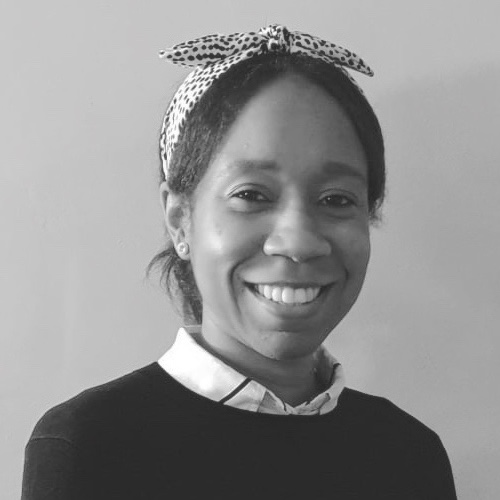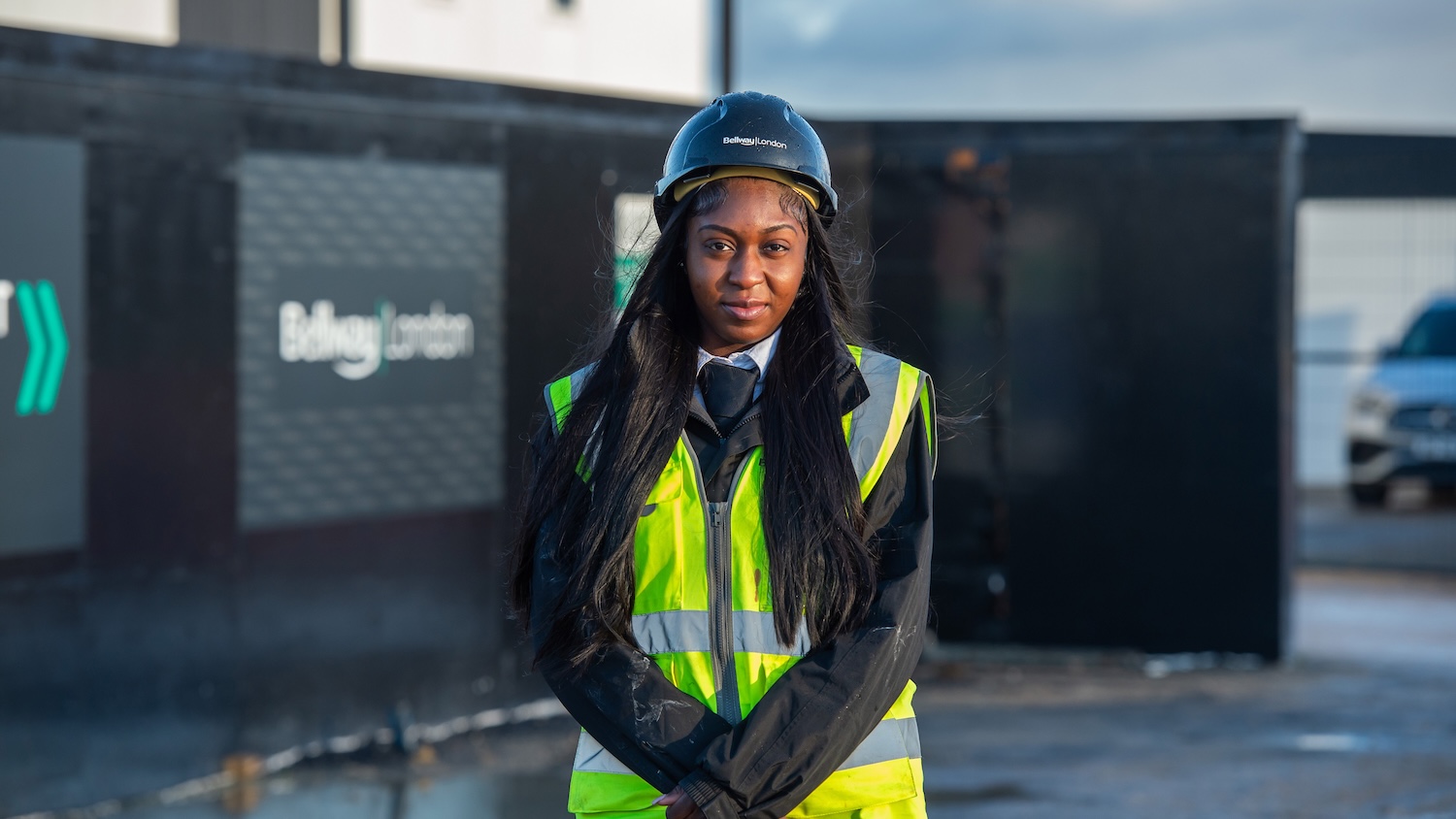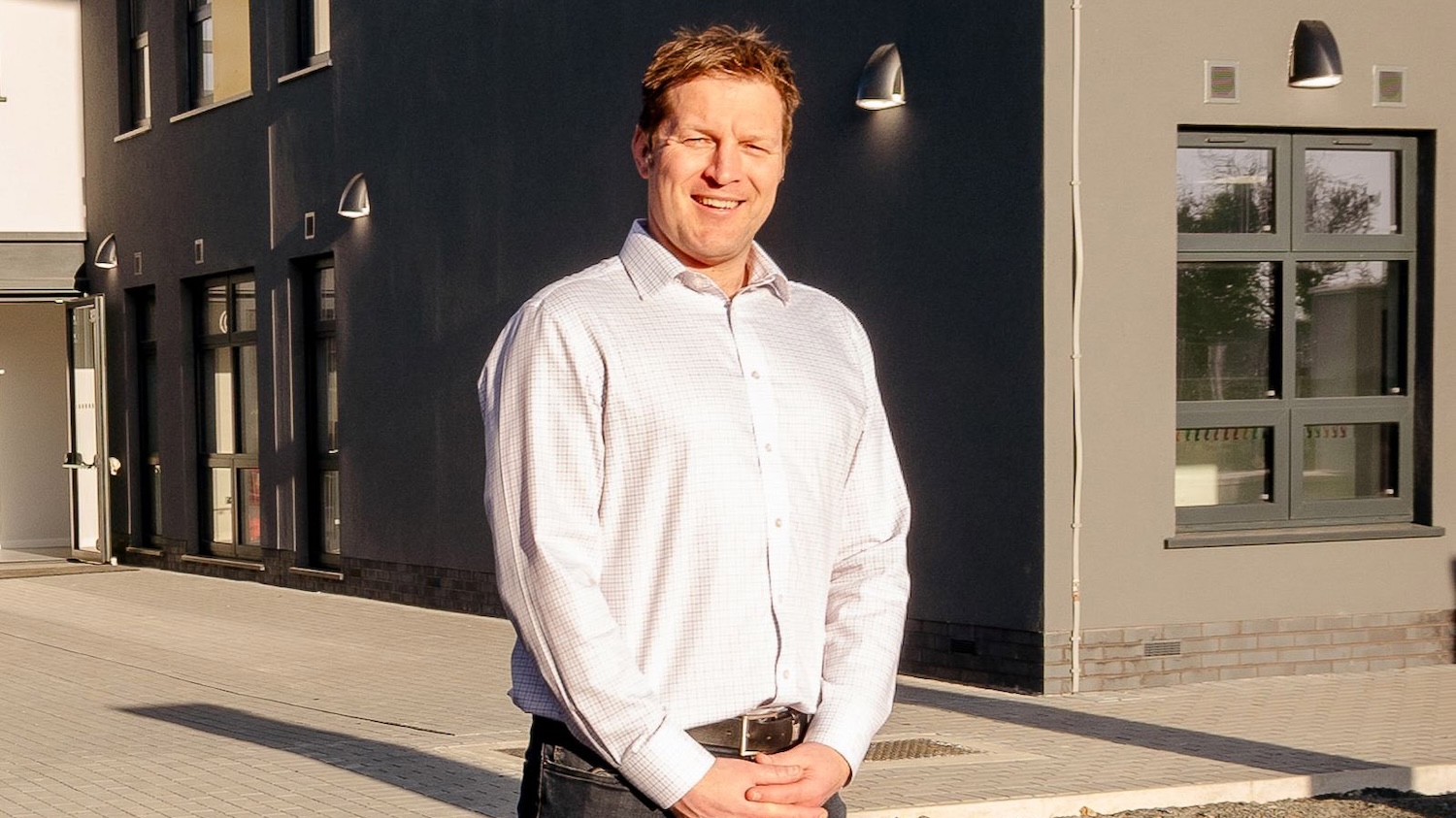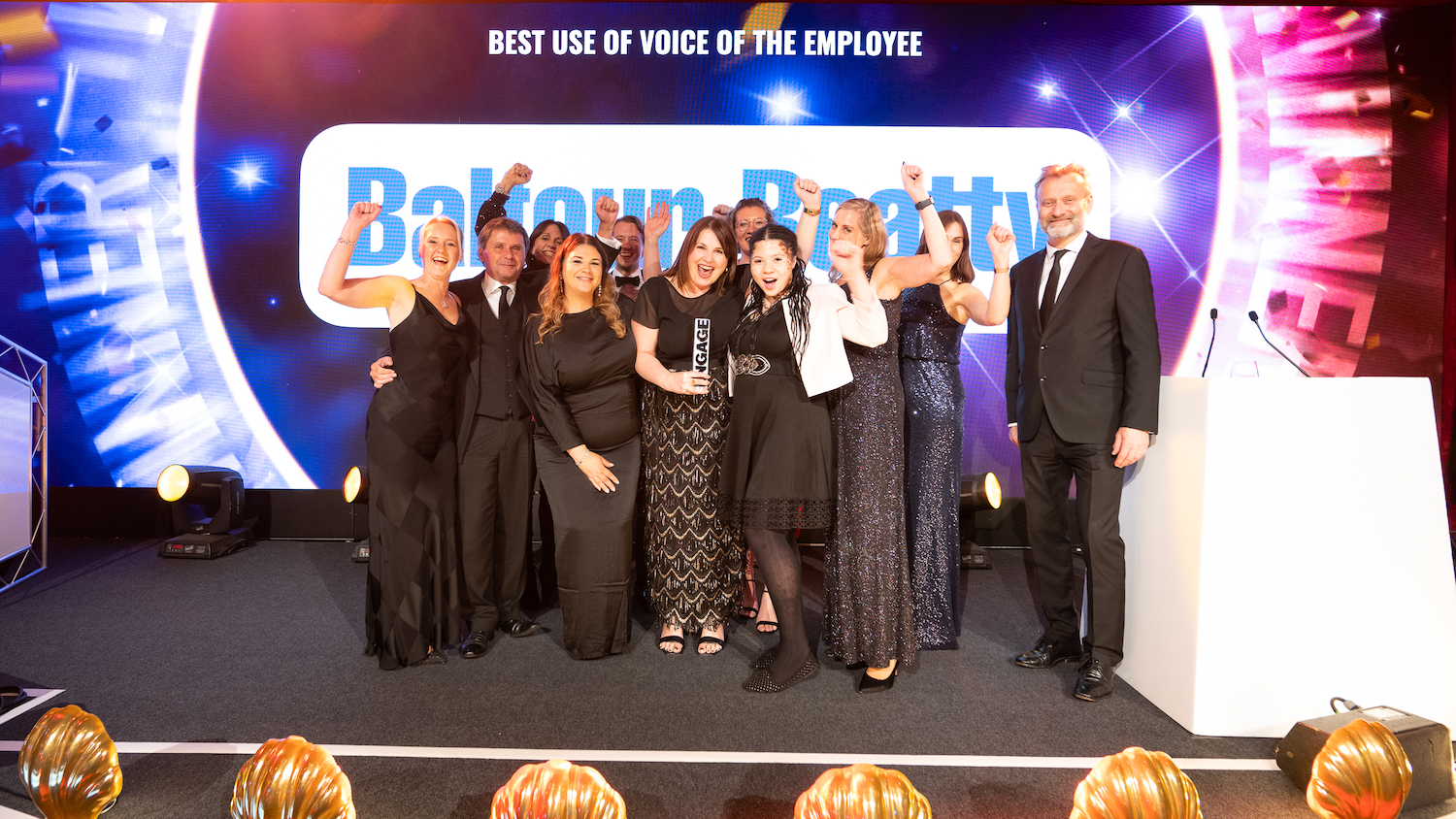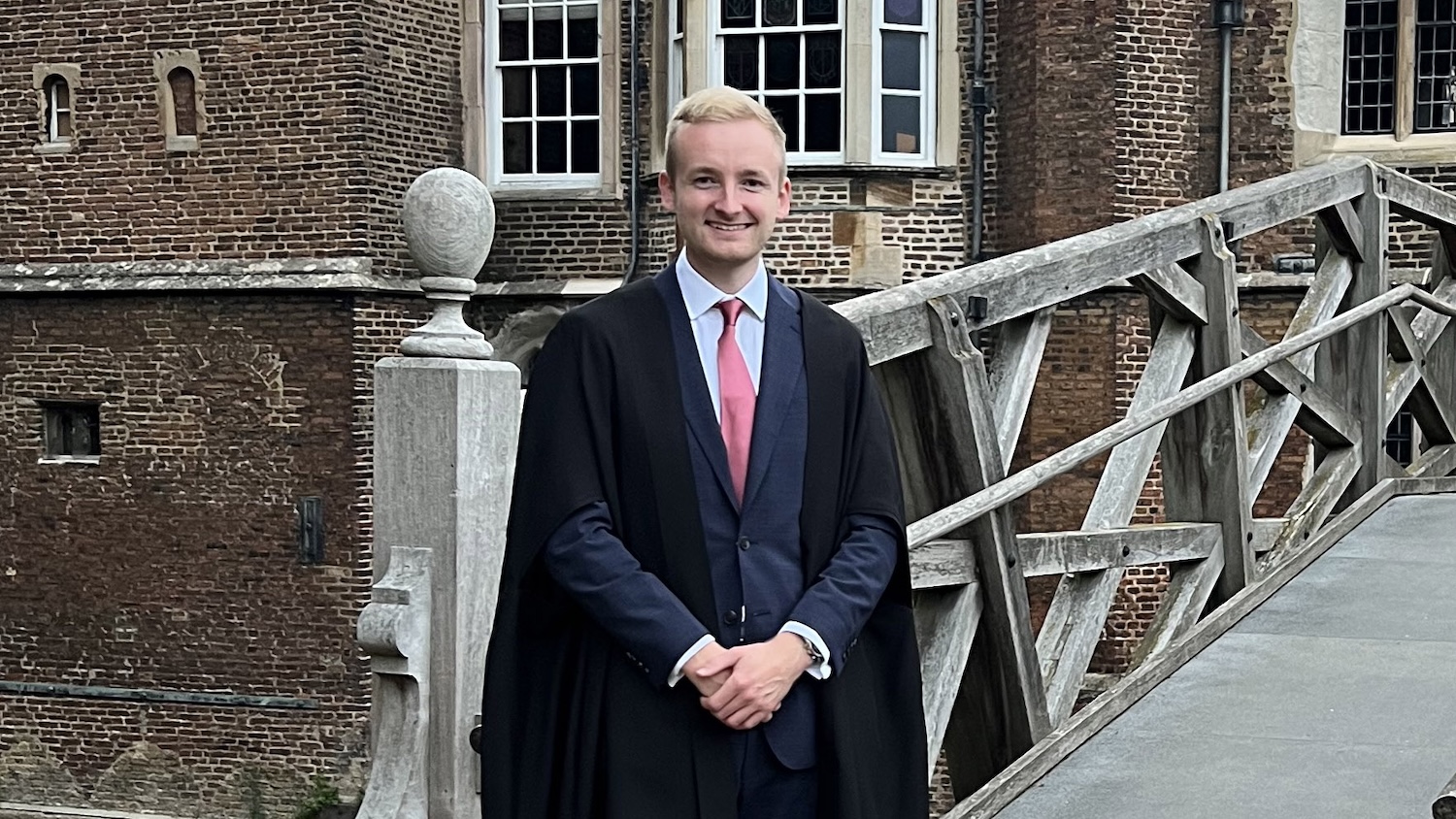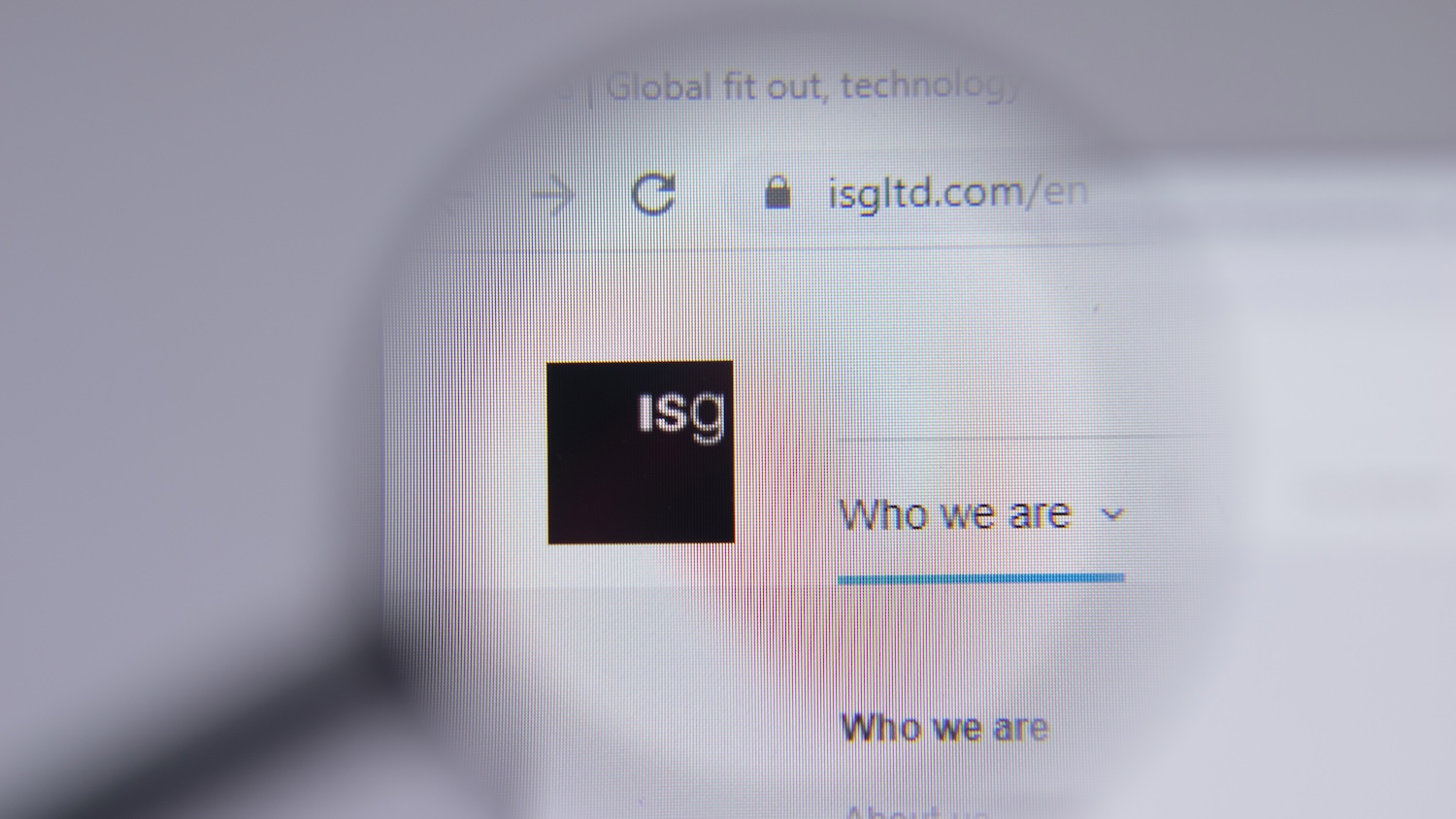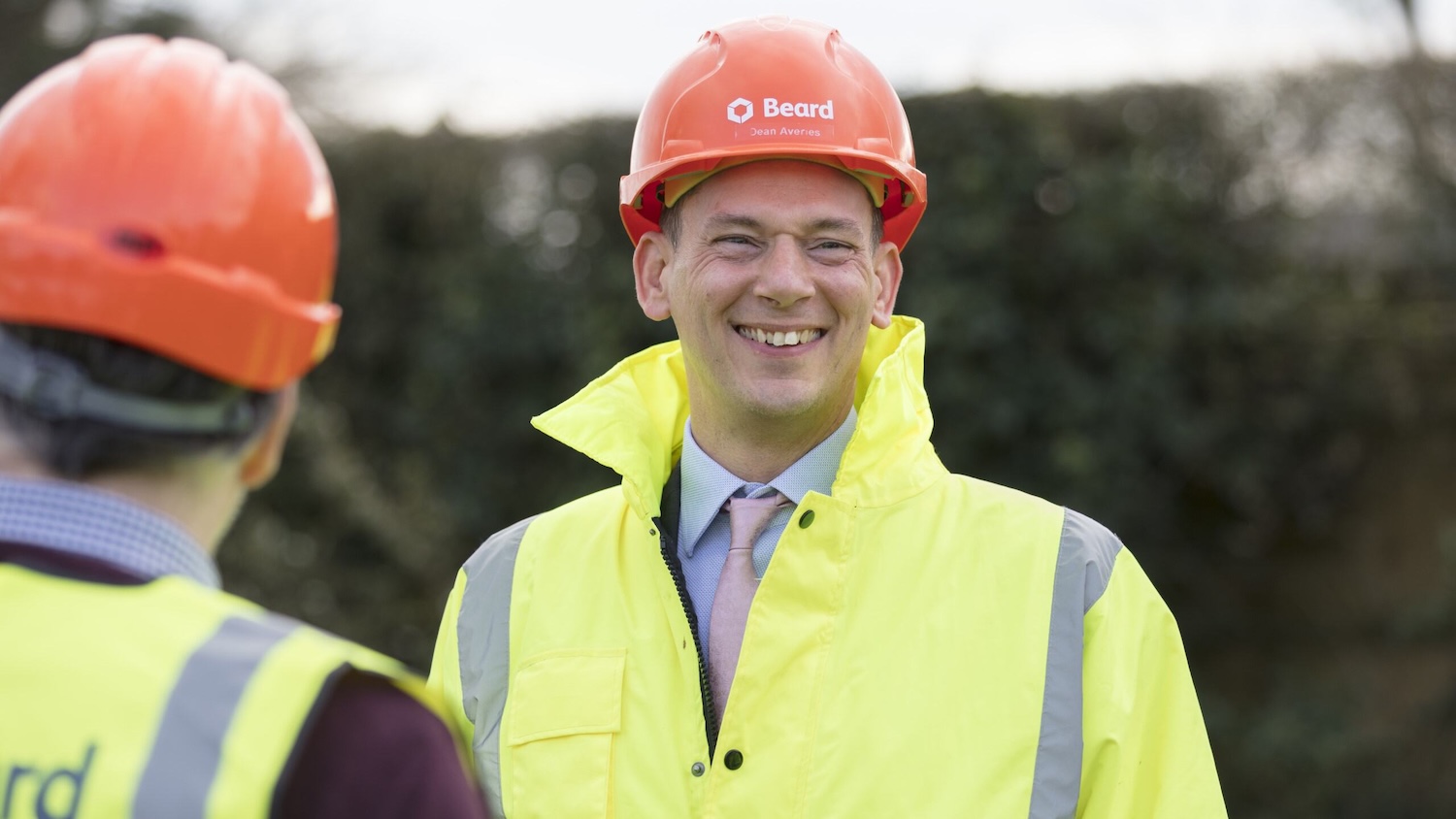
Job spotlight: Laura Ruxton, Corstorphine & Wright
Ahead of International Women’s Day, Corstorphine & Wright’s associate director explains why inclusivity is at the heart of her approach to architecture
Why did you decide to pursue a career in architecture? What inspired you?
I always had a keen interest in history, art and maths. As I grew up, my interest in each of them developed further. I found that architecture combined them but also allowed for creating spaces for specific demographic and functions.
This was one of the key aspects that drove me to pursue a career in architecture. I have always seen it as a way to give people space to develop and be themselves, whether in private or public environments.
What areas of architecture do you specialise in?
For the past 15 years, I have specialised in acute and mental healthcare. As a designer, I have a passion for creating spaces that have true human benefit.
Healthcare allows me to express creativity, yet combine this with practicality to create a safe environment for those working, visiting or engaging in healthcare services. I find it incredibly fulfilling to provide spaces for people to heal and contribute to the wellbeing of others.
Being a woman in architecture, or any profession, equality is extremely important. At Corstorphine & Wright, diversity and inclusion is top of the agenda and drives an inclusive culture
What is the most enjoyable project you have worked on and why?
I worked on the planning and development of a large outpatient department in Malta during 2018 and 2019.
It was very interesting working with the Maltese government. The culture at the Mater Dei Hospital is very much ingrained in British traditions, but it also has a strong Latin influence due to its close proximity to Italy/Europe.
I was able to use and apply the healthcare knowledge I have acquired in the UK, while also understanding the intrinsic cultural differences that make them approach healthcare and public spaces in a slightly different way.
When did you join Corstorphine & Wright Architects and what can you tell us about the culture of the practice?
I joined Corstorphine & Wright in December 2021 but, prior to making the move, I had the opportunity to work on joint projects with them through my previous practice.
I have always found the team here approachable, easy to talk to and, most of all, I liked their straightforward approach. I was never told anything that wasn’t going to become a reality and they never tried to embellish things to make me join them.
It was just very refreshing to be appreciated. Being a woman in architecture, or indeed any profession, equality is extremely important. At Corstorphine & Wright, diversity and inclusion is top of the agenda and drives an inclusive culture.
You have played an instrumental part in setting up a new studio for the practice in Newcastle upon Tyne. What aspirations do you have to grow the studio in this region?
My colleague Julie Smyth and I head up the Newcastle studio, which we opened last year. We are very proud of the fact that two female architects have this exciting opportunity. We would like the studio to grow and expand into a variety of sectors, including healthcare.
We want to create a work environment for the team that is inclusive and dynamic. Both Julie’s and my vision is to provide the team in Newcastle with new project opportunities within the region, as well as exposing them to the wider Corstorphine & Wright network across the UK.
We have many specialists in the practice, and tapping into their knowledge and skillsets provides excellent growth and personal development opportunities for our younger team members.

